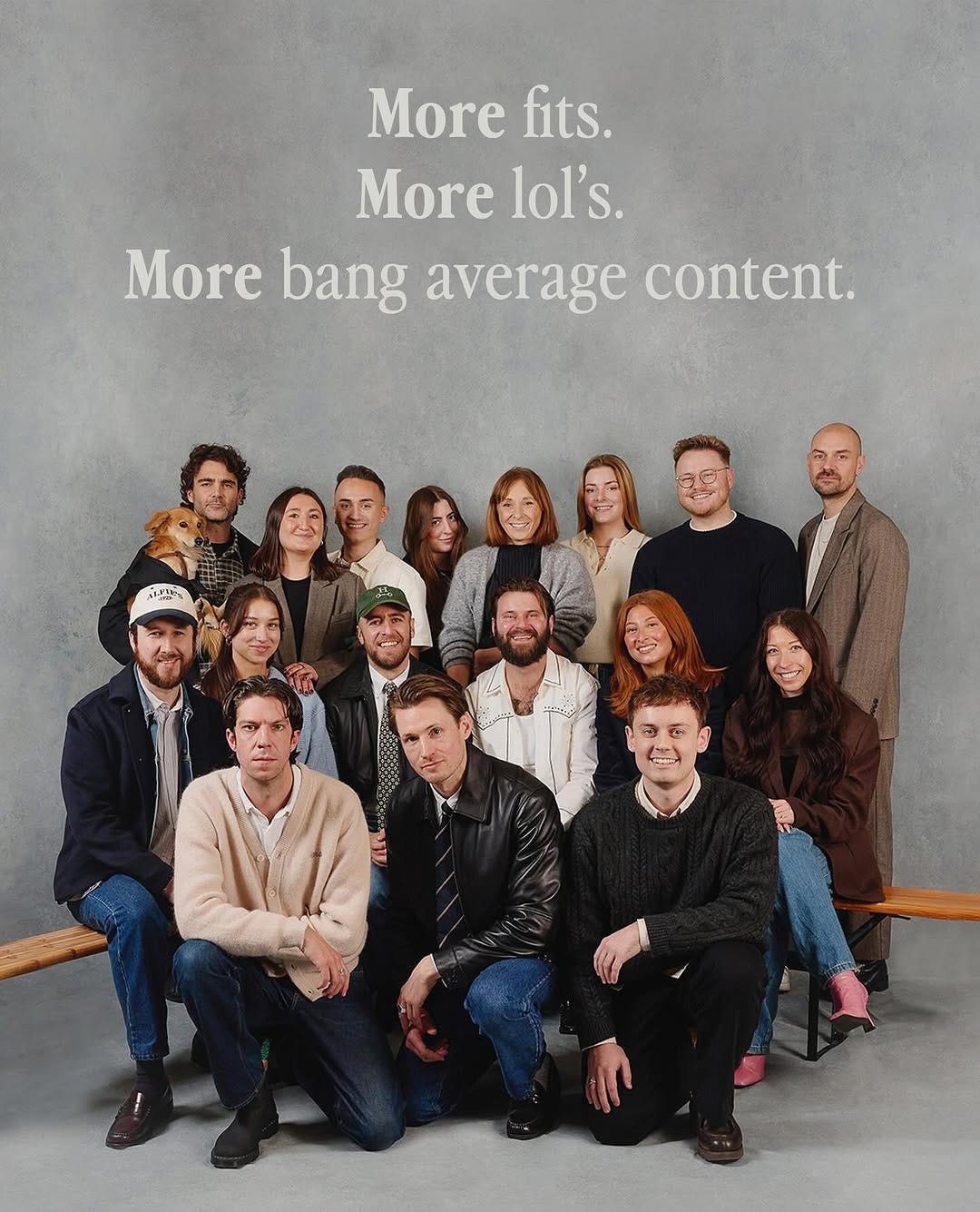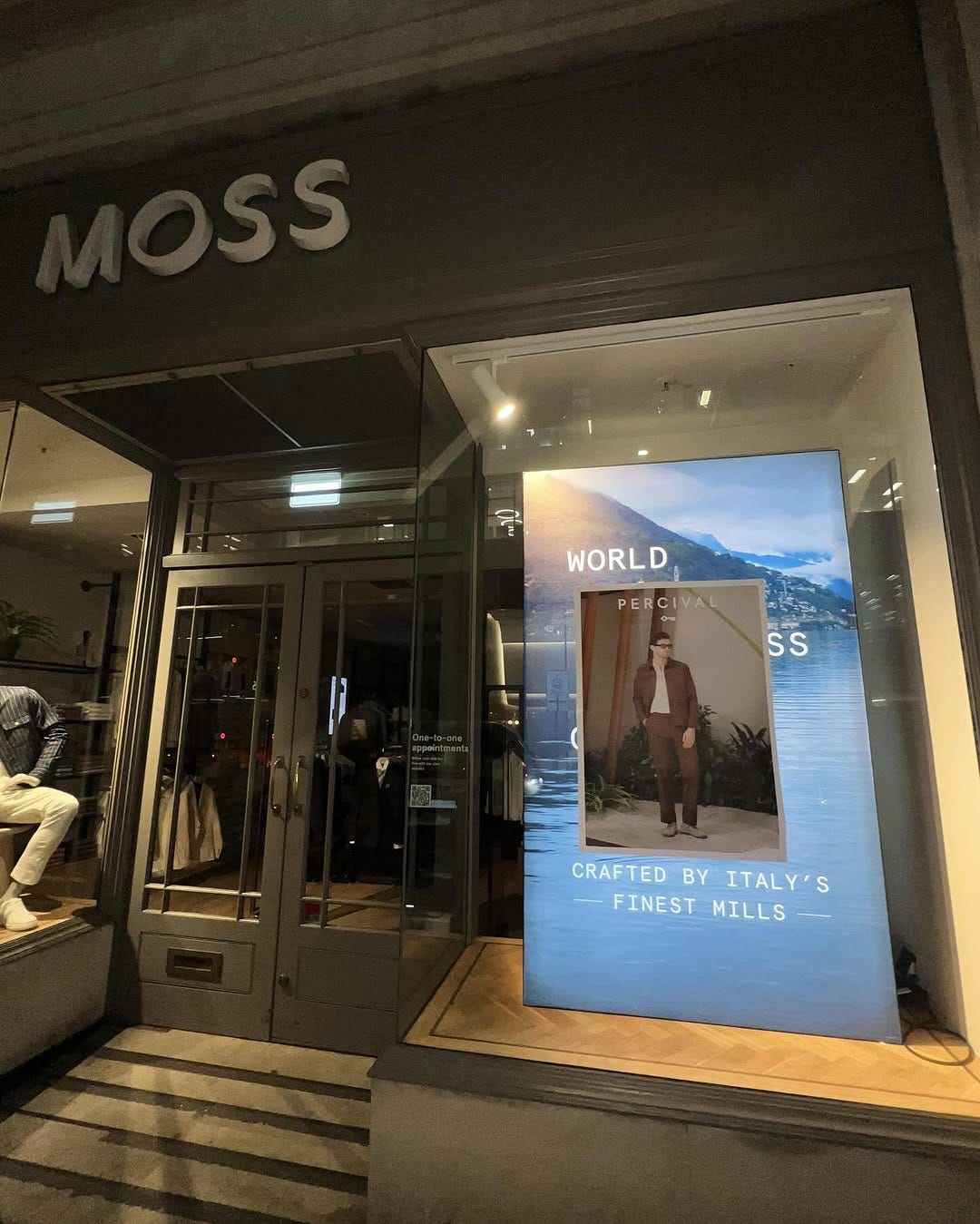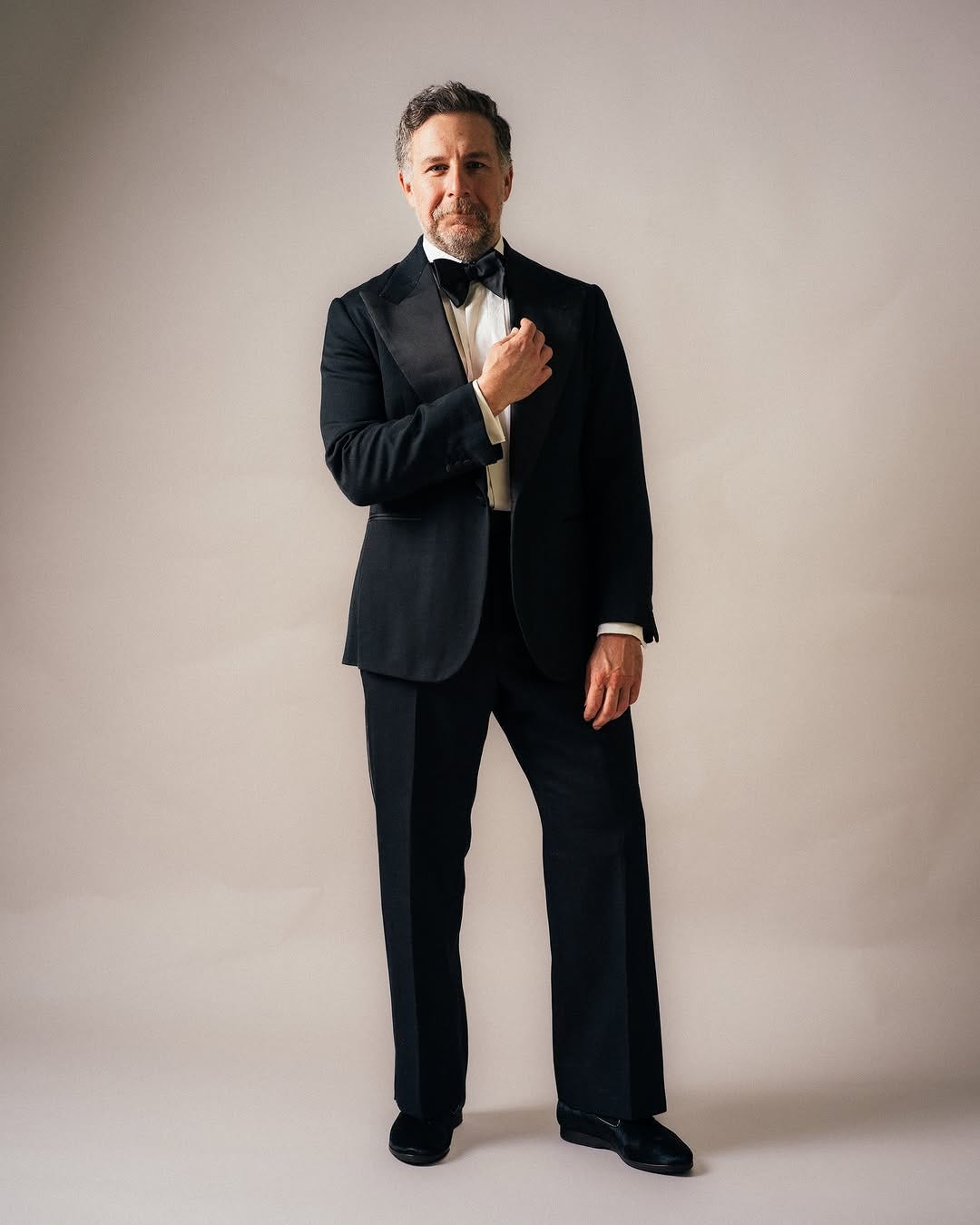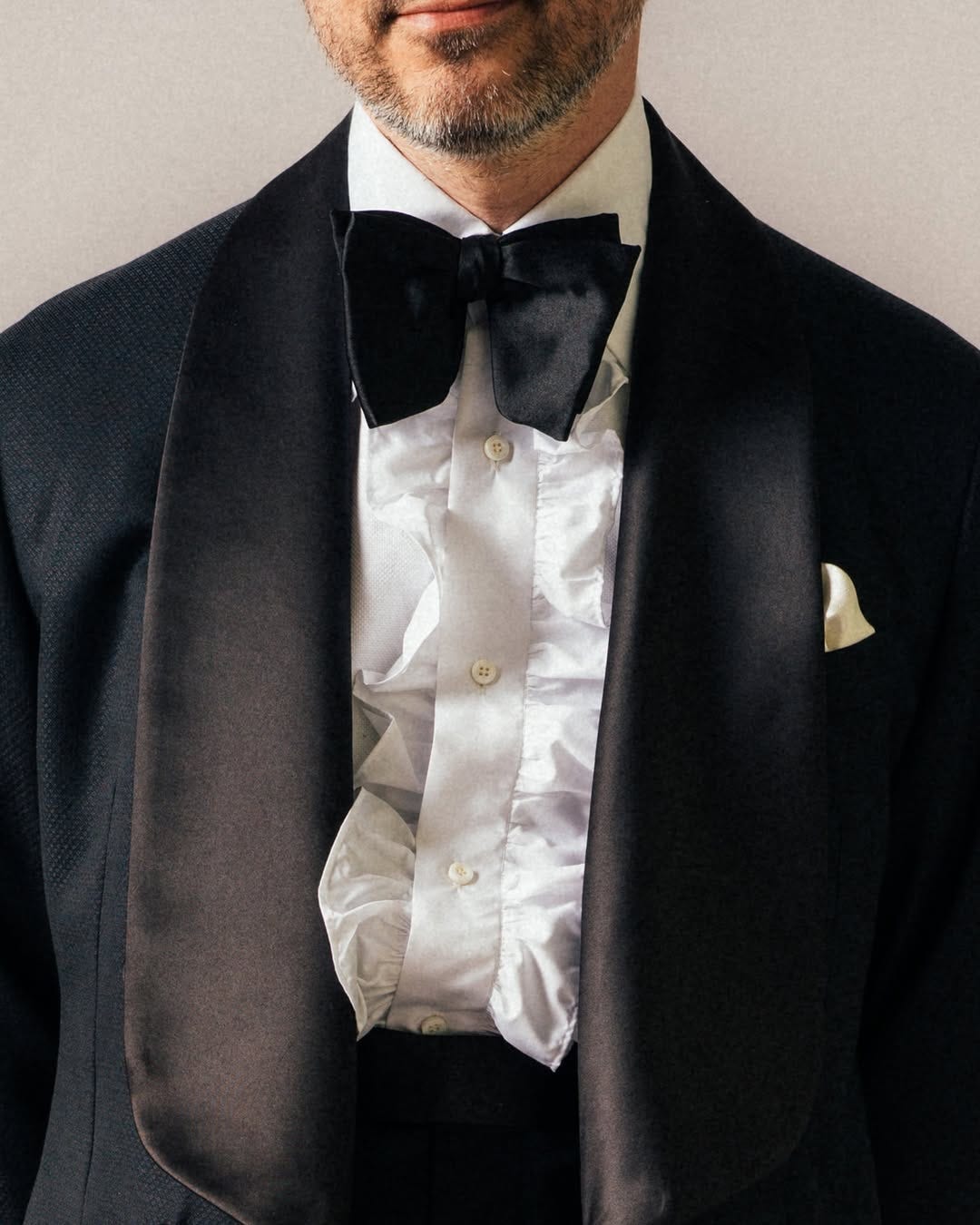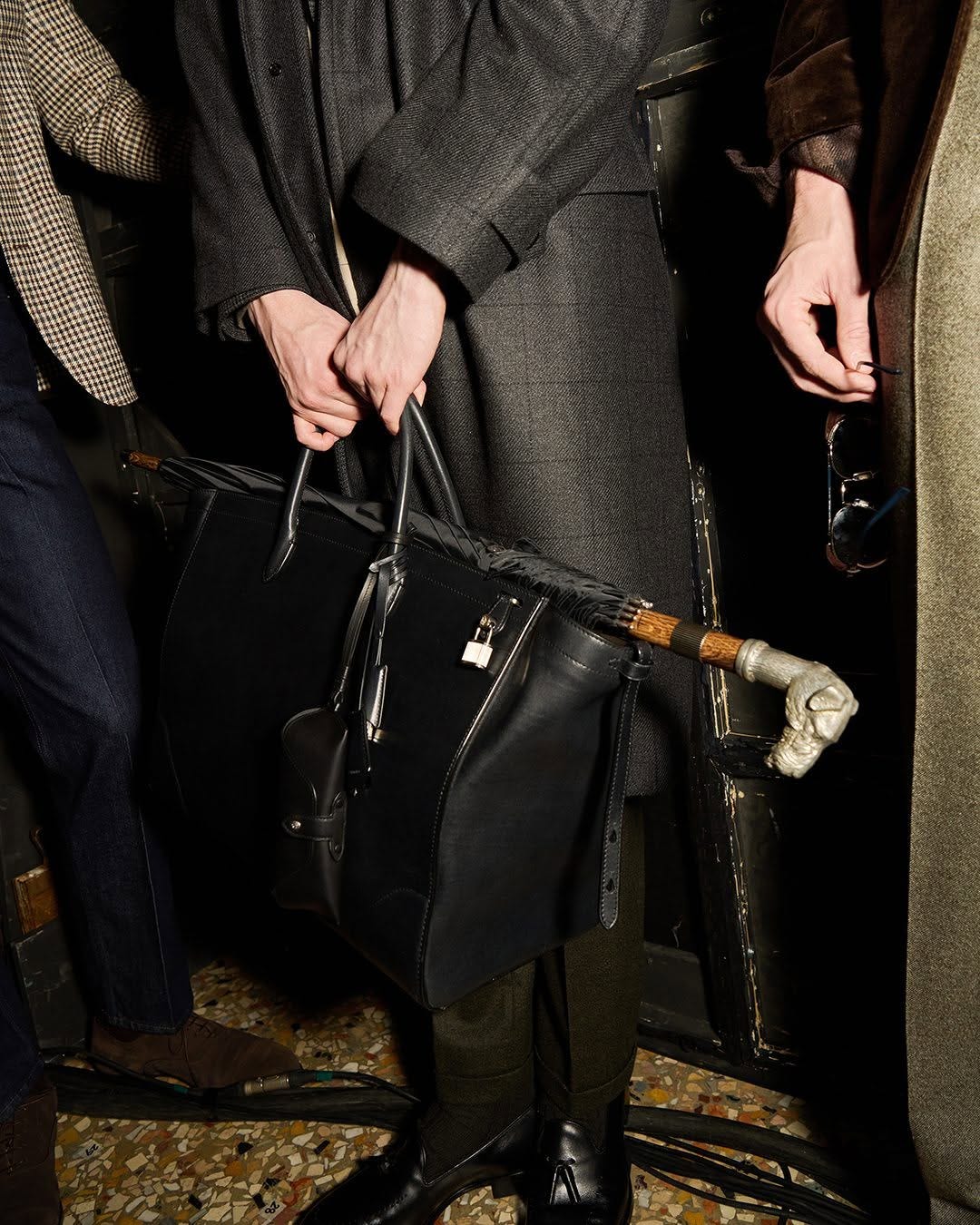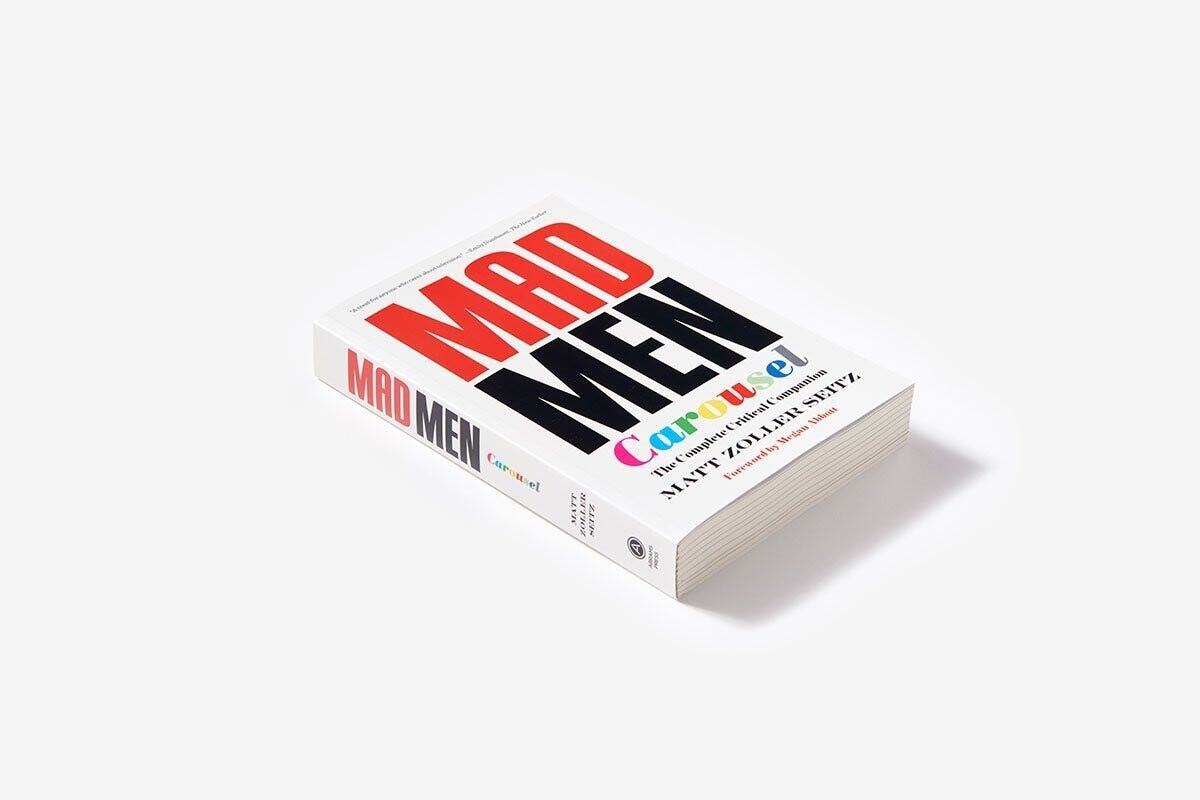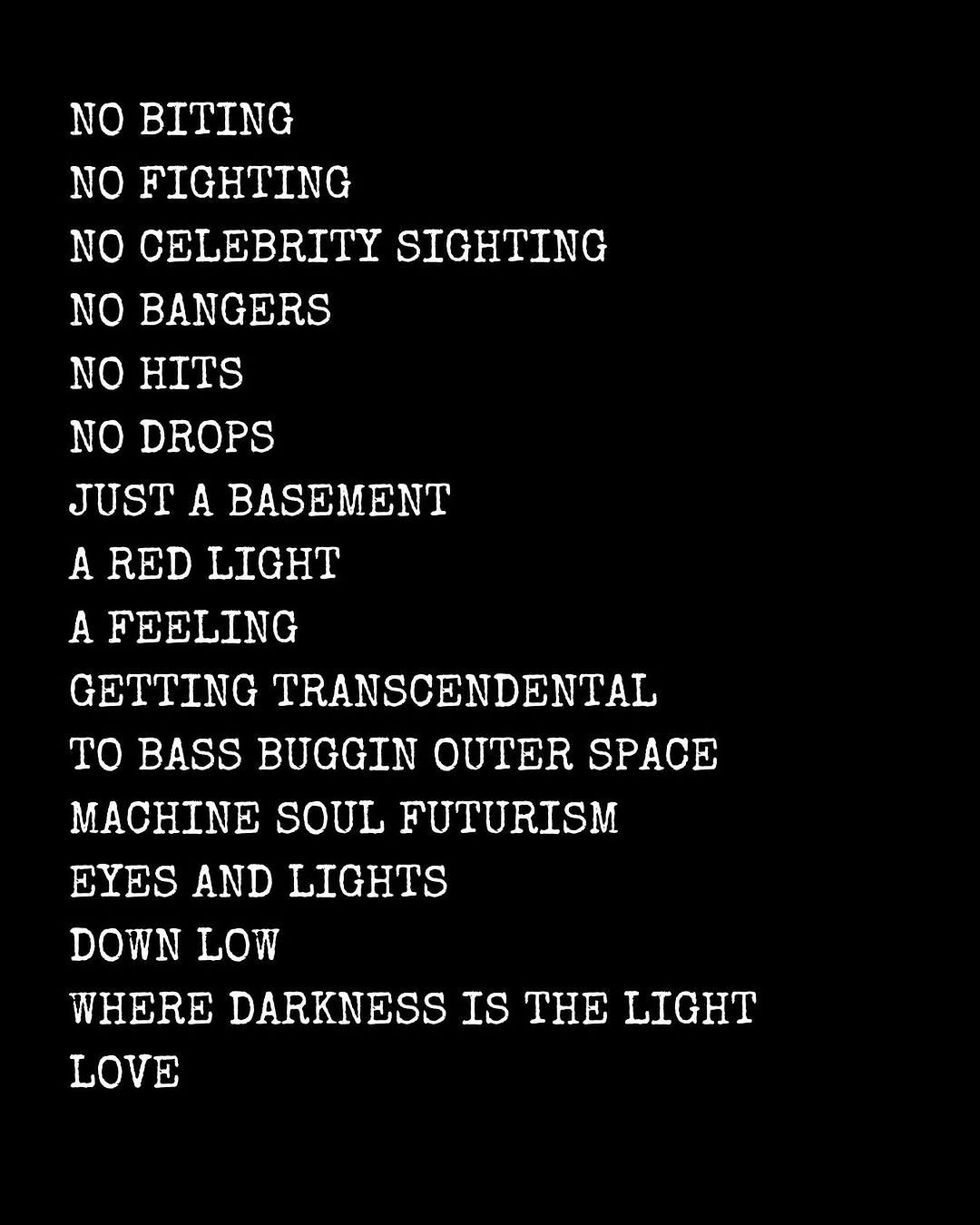Fragments Nº24: I Just Wasn't Made For These Times
Menswear Punks, Twisted Tuxedos, Don, Dick, Roger and Me, and a healthy dose of Cosmic Jazz, Machine Soul, Deep Bass Futurism
The Snotty-Nosed Punk of Menswear
I love what Percival Menswear has been creating in content and comms. Off the back of the slightly alarming (but compelling) idea that Menswear has become an NPC that’s increasingly impossible to follow, what Percival is doing fits into a looser and more engaging mold, certainly to a British or British-adjacent fandom. It’s less studied - “Here’s five fits you need to dress like X,” which is how much American Menswear fandom exists and is more situational and situationist. Menswear as detourment (“Subverting the classics”). This approach gives them fertile ground from which to work. Playing on the same tropes but spinning them to their advantage.
Take for editorial - the bread and butter of Menswear is opened up anew. It is not just the usual style of guys, where the product is personality, but personality makes the clothes. (See what I did there). Percival is hosting comedy clubs, and themes (such as the Percival Arms) aren’t just one-offs, but repeatable ideas untethered to location. Unlike its friend (and spirit animal) neighbor, Aime Leon Dore, it’s not simply yoked to place - sure, it’s from Hackney, it’s of London, but it’s defined through its London. Big difference from the “Queens to the World” energy that sometimes bogs down ALD.
This knowingness creates a world where more po-faced brands would balk. Take, for example, the “15,000 Linen Suits” video. It turns out Percival’s suit is so successful that other brands, unsurprisingly, have copied the style, color, and styling. This is annoying if you are Percival. (Quince just tried this trick with Todd Snyder, too.) However, in the hands of an authentic brand idea, that annoyance is turned into content and strengthens the bond between the brand and the wearer.
But the brand takes it further by grassing up the copiers on their turf: “Taking over the streets just like everyone tried to take our linen suit.” Again, this deepens that relationship for the original owners, making the competition look like second-class citizens.
It might not have the highest production values in the world, but it’s highly effective. I’ve honed in on this brand in marketing. As the Menswear market grows and evolves, this type of clear thinking is built around an idea, not just a styling trope, which is where Menswear brands across price points will have to go.
Programming Note: Unfortunately, a project fell through at the last minute, so I have availability into March to work on projects. Brand strategy, marketing strategy, fractional CMO—it’s all on the table.
Interested? Get in touch with me here…
Some Styling Notes I Like
In no particular order:
The off-color shirt, the vast lapels, and the louche fit in general—I love this Tux (and shoot) from Tailors Keep in SF.
Even the ruffled shirt is a joy. Very Poseidon Adventure. I am here for it.
The Society Of The Spectacle House brand™ Dunhill has also been very low-key, releasing some appealing pieces and styling them in distinctive ways. It’s both very Dunhill and wearable.
The focus on bags in the last collection at Milan was a real standout. These bags have that classic gentleman perspective but are starting to add this wot and Flair that Alfred Dunhill Himself was known for. Going beyond just ‘briefcase wanker’ material. I really liked the previous iteration of Dunhill, which played with the tropes of British Design. While definitively more classic, this iteration still has moments of wit and flair that make the brand work. It shows the versatility of the brand, even within a narrow context.
The new K-Way campaign to celebrate 60 years is fantastic. It follows hot on the heels of their Milan show. Outdoor brands at large are just doing it better right now. A great idea (In Y-our Life) gives the brand tremendous potential to grow and shape it. It also reminds me of where we were heading with Esprit, with the vibrancy of color and energy. No notes. It's just great.
That’s What The Money is For
While my wife was at fashion week, I took the opportunity to watch (apart from the shows, obviously) all 92 episodes of Mad Men. It had been about 6 years since I’d last rewatched. I’m not sure if it was simply the passage of time or something else that compelled me, but much like before, I was in.
What was different this time was I read Matt Zoller Seitz’s seminal ‘Mad Men Carousel’ as I moved through each season and episode.
Seitz’s work graced Vulture in the early 2010s, and the deeper I got into the rewatch, the richer the book became. By the end, his observations and conclusions about the show were rich and meaningful. It made me reflect on the show itself (and what it means today) and what feels like a lost art of written criticism.
We’re inundated with podcasts and TikToks of credible and amateur reviewers weighing in to decipher and decode these shows. Severance and White Lotus are 1 and 1(a) right now. But while some of these critics and recaps are hugely valuable (The Watch’s run on Industry Season 3 was stellar), they can’t replace the depth and context these cumulative reviews deliver. Observations on life, defined through the show, feel less throwaway or driven by take culture - they’re considered and contextualized. For example, his exceptional analysis of the final episode (Person to Person - or “Don goes to Easelin”) shows how the darkness that enveloped Draper in 1960 was subtly communicated and answered in late 1970.
“Season one's pilot episode, "Smoke Gets in Your Eyes," starts indoors, in a smoky bar: The camera tracks through a crowd, moving from screen right to screen left, finally picking out Don at a red comer booth, smoking and writing notes to himself on cocktail napkins, then moving in for a close-up of the back of his head. The shot conveys power and mystery but also loneliness and isolation. Don is among people, but not really connected to them. Because he believes he is alone.
In the last sequence of the last episode, finally we see Don stepping onto the edge of a cliff overlooking the ocean-the last suicidally tinged image in a show filled with so many. Lit from behind by the sun, Don is an unknowable silhouette, and alone. Then there's a cut to a guru leading a meditation, then yet another right to left tracking shot, this one locating Don sitting lotus-style on a hilltop overlooking the ocean, meditating. In contrast to the opening shot of the pilot, this time Don isn't showing us the back of his head: He's facing us head-on. He's not indoors in a smoky bar, he's outdoors on a sunny day. He is not merely among people. As Anna foretold, he is connected to them, and they to him: They're meditating and chanting together.
The first five minutes and the last five minutes of Mad Men mirror each other. They answer each other. They complete each other. They prove how far Don Draper has come, and how far this show has taken us.”Mad Men Carousel - Matt Zoller Seitz
Some of my observations in a rewatch are that the Fever Dream episodes were always my favorites. They capture an unease that Mad Men always did so well (Season 2’s ‘The Jet Set’ and Season 6’s ‘The Crash’). The LSD scene, for example, (Season 5’s ‘Far Away Places) blends unease with a rich visual and audio flair, underpinned by a deep sadness of two people admitting their marriage is over.
In a condensed rewatch, you notice how the character's fragmentation mirrors the decay of a ‘60s ideal. The sound design in Season 6 (the constant sirens) directly contrasts with Season 1’s genteelness and near silence. An American unbothered and unconcerned, blissfully in its post-war bubble. There remain lessons for advertisers and marketers, too. Most prominently, the value of story and economy, understanding motivations before deciding to take the oath forward. It's classic but timeless.
If you have the time, the condensed rewatch is the way to go.
Spiritual jazz, cosmic, machine soul, deep bass buggin’ futurism
Five years ago, well, you know what happened. Around that time, Luke Una, a stalwart of club culture in the UK for decades, started producing these long, spectacular mixes for Worldwide FM in lockdown. His take on music and how he built those sets over 5, sometimes 6 hours, was extraordinary. Exactly how I like to think about DJ sets. A story, not simply a bunch of drops. (See this tragic Eric Prydz TikTok for how clubbing, especially in America, is absolutely torched). As the word of these sets spread, so did a revival of interest in Una. Taking these ideas explored during lockdown, we went out into the world. Sometimes at the fantastic Giant Steps parties, or most recently at the Southport Weekender.
His first essential mix for Radio One has perfectly capped off this journey. I won’t need to tell many readers why the Essential Mix remains one of the high bars of DJing (personal favourite—Ame 2006). It’s a mix indicative of what makes Una so compelling, both technically and emotionally. The story, the build matters. It's a great listen, especially the masterful transition into ‘Welcome Aboard’ by Webster Lewis.
More next week…




